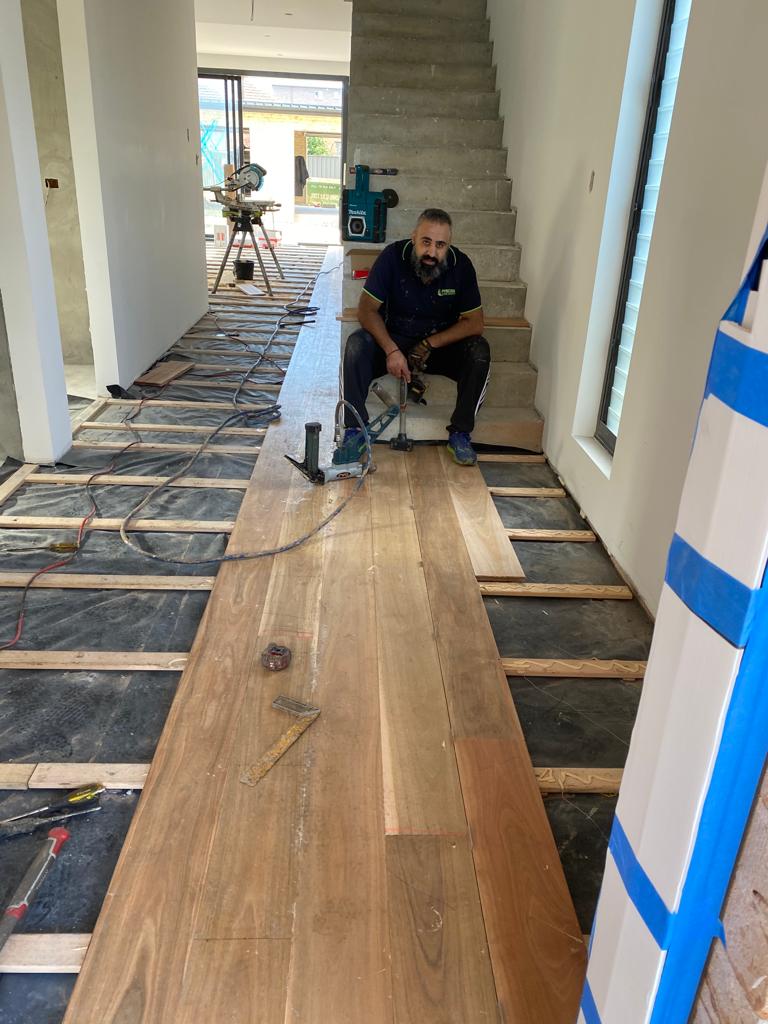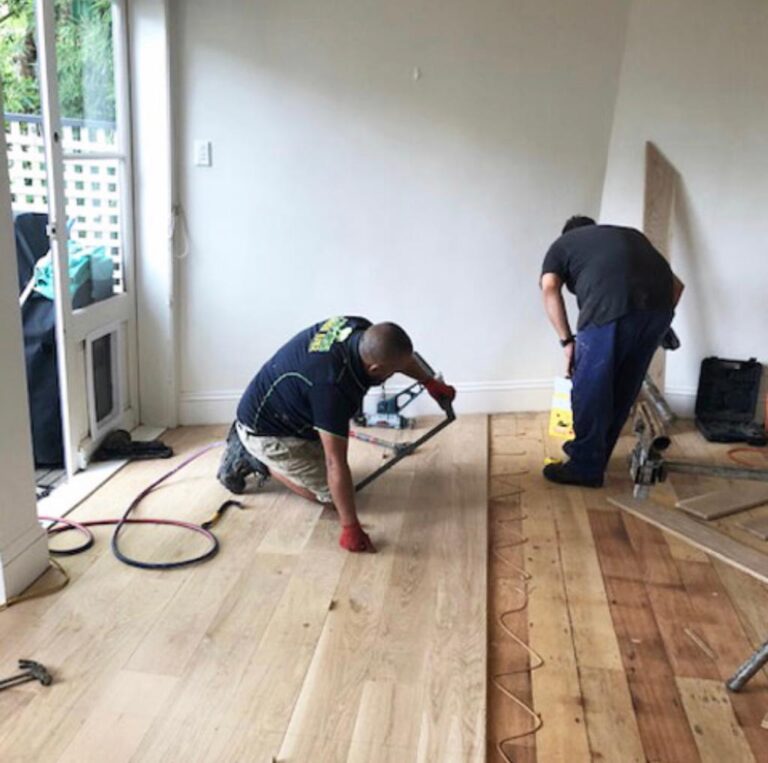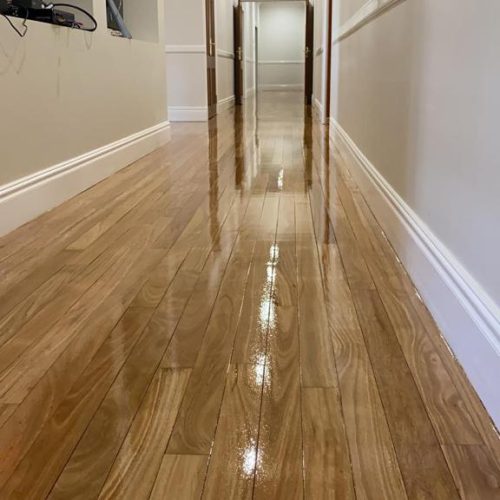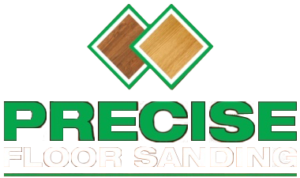Best Timber Floor Installation in Sydney Services
TIMBER FLOORING INSTALLATION
Timber Floor Installation in Sydney, is installing a type of flooring that uses solid or engineered timber boards to create a durable surface. People commonly refer to it as hardwood flooring because it uses hardwood timbers. Timber flooring has been a popular choice for homeowners for centuries due to its natural beauty and durability.
Known for its diverse culture, stunning architecture, and beautiful landscapes, Sydney is a vibrant city. It’s no wonder that many homeowners in Sydney are choosing timber flooring to enhance the beauty of their homes. There are several advantages to installing timber flooring in your home, including its durability, insulation properties, aesthetics, health benefits, and sustainability.

Why Opt for Timber Floor Installation in Sydney?
Installing timber floor is the best choice especially for spaces with heavy foot traffic. If you want to improve the beauty of your home choosing timber floor installation is the right choice. Precise Flooring professionals provides 100% satisfactory results when it comes to installing timber floors. Here are some of the reasons.
Timeless Beauty– Timber floors brings coziness to any room. Their patterns and style brings a unique charm to your space. It gives a premium feel that cannot be matched with other materials.
Durable and Longevity– Timber floors are durable. Timber floor installation done by professionals lasts for decades. Therefore it saves money from frequent repairs. Also timber is perfect for busy areas as it can handle heavy use.
Easy Maintenance– Maintaining your timber floors is easy. Daily sweeping and sometimes mopping helps to keep it in perfect shape. All this makes it a best choice for those who want low maintenance option for homes.
Environment Friendly Option– Timber flooring is environment friendly option. Precise Flooring makes sure to get the materials in a way which is good for the environment. It helps to reduce your impact on nature.
Property Value Increases– Timber floor installation increases market value of your home. It creates a positive impression among potential buyers. Thus timber floor installation is the best investment in long run.
Versatile- Timber floors are available in various colors, styles and finishes. You get to choose as per your preference and home design. Precise Flooring professionals help you choose the perfect timber that matches with your interior.
Pros of Timber Floor Installation

Free Quotes Given Within 24 Hours After Initial Inspection
We specialise in timber floor installation, restoration, sanding and polishing.

Varieties of Timber Floor Installation in Sydney Options
There are several types of timber wood flooring options available that you can implement. Some of the most used types of timber wood flooring are:
- Solid Hardwood Flooring: Solid hardwood floors consist of the same solid piece of timber wood without any additional layers of interference. One of the most beautiful things about solid hardwood flooring is the smooth and durable finish. The beauty of timber wood floors continues adding up as it keeps ageing, changing their tones.
It’s quite easy to sand and refinish floors to wipe out wear and tear of the floor and regain their fresh look. Oak, maple, walnut and cherry are some of the most popular species in solid hardwood flooring.
Benefits of solid wood flooring
Better air quality: Being non-allergic, solid hardwood flooring is one of the best choices of flooring. Adding solid hardwood flooring can seriously add beauty to your home. In addition to an elegant, classy and high-end aesthetic, hardwood floors offer allergy sufferers healthier indoor air quality. Solid hardwood floors don’t trap dust, pollen, particles or any other allergens that occur with carpet flooring.
Colour does not fade: Unlike carpet flooring, solid hardwood flooring does not lose its lustre over time. Stains on a hardwood floor are quite easy to remove. Additionally, sanding and polishing can restore the freshness of hardwood floors.
Strong and durable: Durability is one of the main reasons leading to the increase in the popularity of hardwood floors. Taking proper care and maintenance of the hardwood floors can easily make them last for a very long duration.
Cost-Effective: With a plethora of benefits, the purchasing cost of hardwood floors is also high. But, if we consider durability, the long-term cost of hardwood floors is much lesser.
Hardwood floors are easy to clean and also less likely to be damaged. This eventually reduces the maintenance cost of the floor. Also as the durability is on the high side, the total long-term cost is much lower as compared to others.
